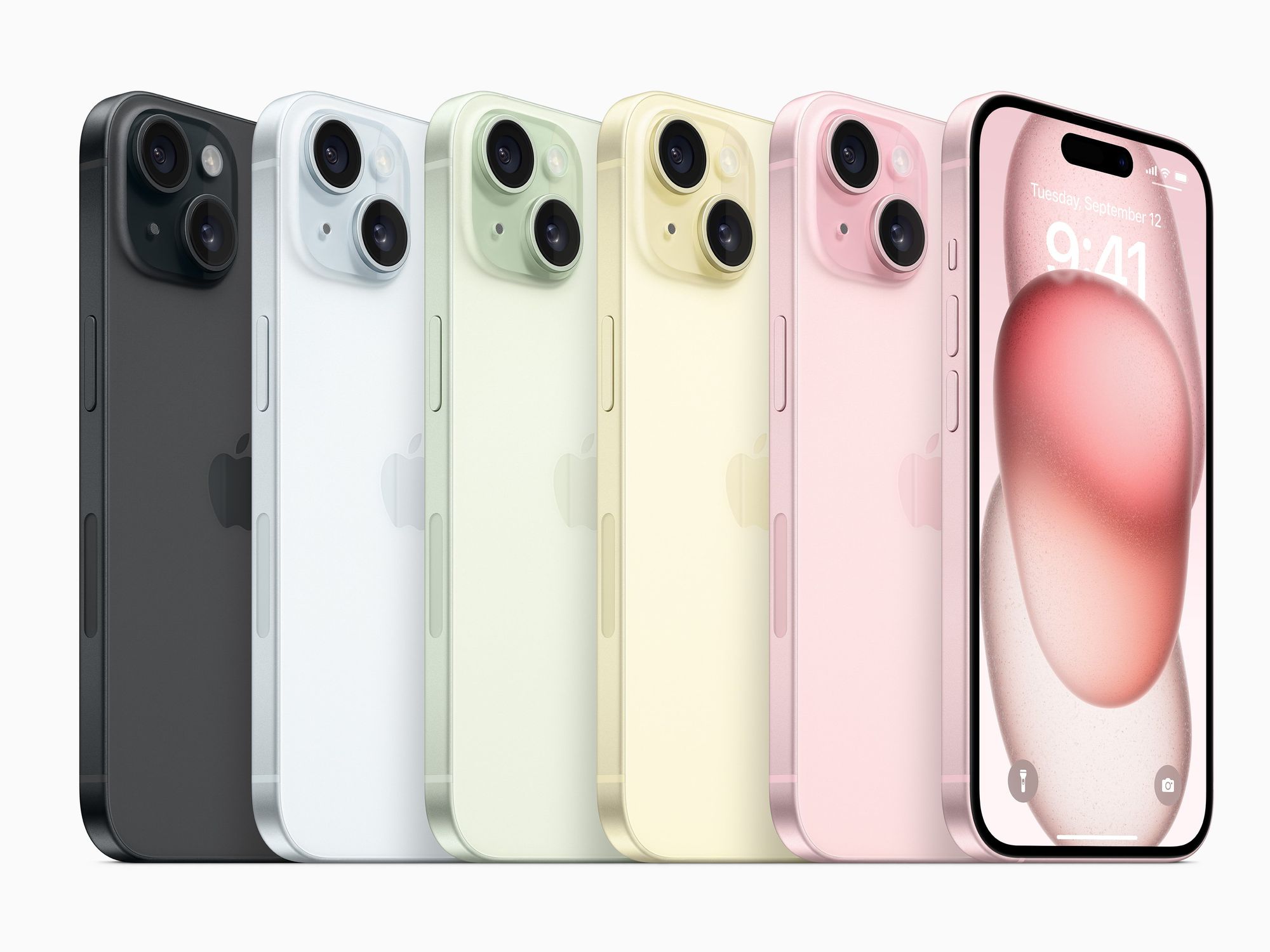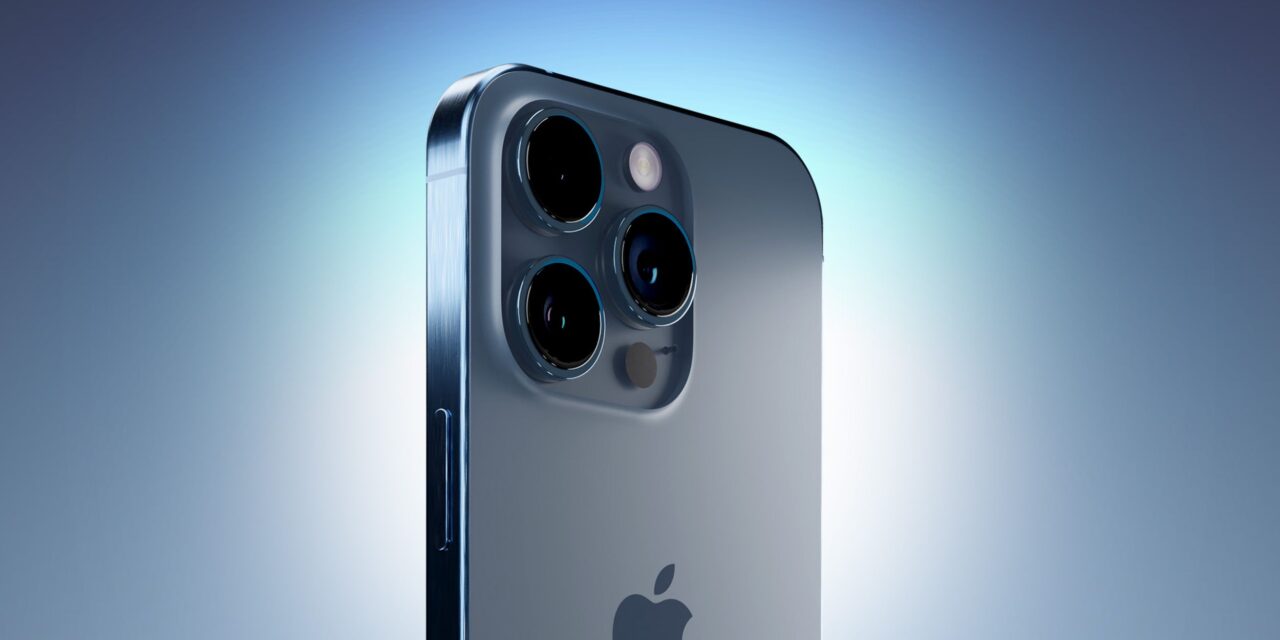
Another year, another iteration of iPhones. Over the course of 15 years, iPhones have become a regular presence in our lives, evolving with each release, but appearing increasingly incremental.
Regularly upgrading my iPhone used to be a habit, but I eventually grew weary of this cycle of consumption. After acquiring an iPhone 11 Pro, I found subsequent models uninspiring. However, after four years, the aging of my iPhone 11 Pro prompted me to purchase an iPhone 15 Pro, mainly for the purpose of generating additional content for my latest book, “Take Control of iOS 15 and iPadOS 15.”
The iPhone 15 Pro represents a significant upgrade in some aspects, while in others, the changes are rather minimal, and it falls short in comparison to my aging iPhone 11 Pro. Let’s examine the changes in the iPhone Pro models over the past four years, without delving into technical details.
Performance
One of the most notable improvements in the iPhone 15 Pro is its remarkable speed. Every operation on the device is remarkably smooth and instantaneous, with applications loading without any noticeable delay. This speed boost could be attributed to the shift from the A13 Bionic processor in my old iPhone to the A17 Pro processor in the iPhone 15 Pro. Regardless of the reason, I’m pleasantly surprised by the speed, making the iPhone 15 Pro a joy to use.
USB-C
Apple has finally transitioned from its proprietary Lightning charger to USB-C in the iPhone 15 lineup. This transition opens up exciting possibilities, such as recording 4K ProRes video directly to a USB-C storage drive and connecting the iPhone to a TV or monitor using a USB-C to HDMI cable. The convenience of using the same charger for my MacBook and iPhone is a notable advantage.
Wireless Connectivity
Upgrading from an LTE-only iPhone to a 5G iPhone should be a significant leap, but there are some limitations. 5G coverage remains inconsistent, even in major cities, and actual speeds may not always match the hype. In some locations, LTE still outperforms 5G.
Battery Life and Heat
Surprisingly, the battery life of my iPhone 11 Pro is better than that of the iPhone 15 Pro, which depletes at a rate of approximately 10% per hour with iOS 17.0.3. The Always On Display feature is likely a major contributor to this issue, and disabling it has shown some improvement, although it’s too early to draw definite conclusions. Additionally, the iPhone 15 Pro tends to get excessively hot when charging, even after the iOS 17.0.3 update.
Durability
The durability of the iPhone 15 Pro has impressed me so far, thanks to features like Ceramic Shield and the titanium frame. It survived a fall without a scratch, although the titanium surface is prone to fingerprints. Despite the smudging, the improved durability is a welcome trade-off.
The Action Button
The iPhone 15 Pro introduces the Action button, replacing the ring/silent switch. This button offers various functions, including silent mode, focus adjustment, camera modes, flashlight activation, voice memo recording, magnifier use, shortcut activation, and accessibility features. The ability to create custom shortcuts is particularly intriguing, although the button’s placement is somewhat awkward. Moreover, the exclusive availability of the Action button on the iPhone 15 Pro seems unnecessary.
Cameras
On paper, the iPhone 15 Pro cameras represent a substantial upgrade over the iPhone 11 Pro, with a higher megapixel count, additional zoom levels, macro photography, night mode portraits, new photographic styles, and the capability to capture photos in Apple ProRAW and video in Apple ProRes formats. The camera sensors are noticeably larger, making the device somewhat challenging to hold without touching the lens. However, to fully exploit the camera’s capabilities, one needs to use Apple’s professional-grade formats, which demand a significant amount of storage space. For everyday users, the faster performance and quicker night mode are the most noteworthy enhancements.
Buying Advice
For most users, the standard iPhone 15 offers sufficient features, especially with the addition of an optical telephoto zoom. While I opted for the iPhone 15 Pro to explore its additional functionalities, I don’t consider its advancements essential for the majority of users; they are nice-to-have rather than need-to-have. Regardless of your choice, investing in as much storage as your budget allows is advisable, as iPhones are designed to last and expanding storage can extend their lifespan. The default 128 GB storage is adequate, but upgrading to 256 GB for an extra $100 provides more breathing room and longevity for your device.






Recent Comments